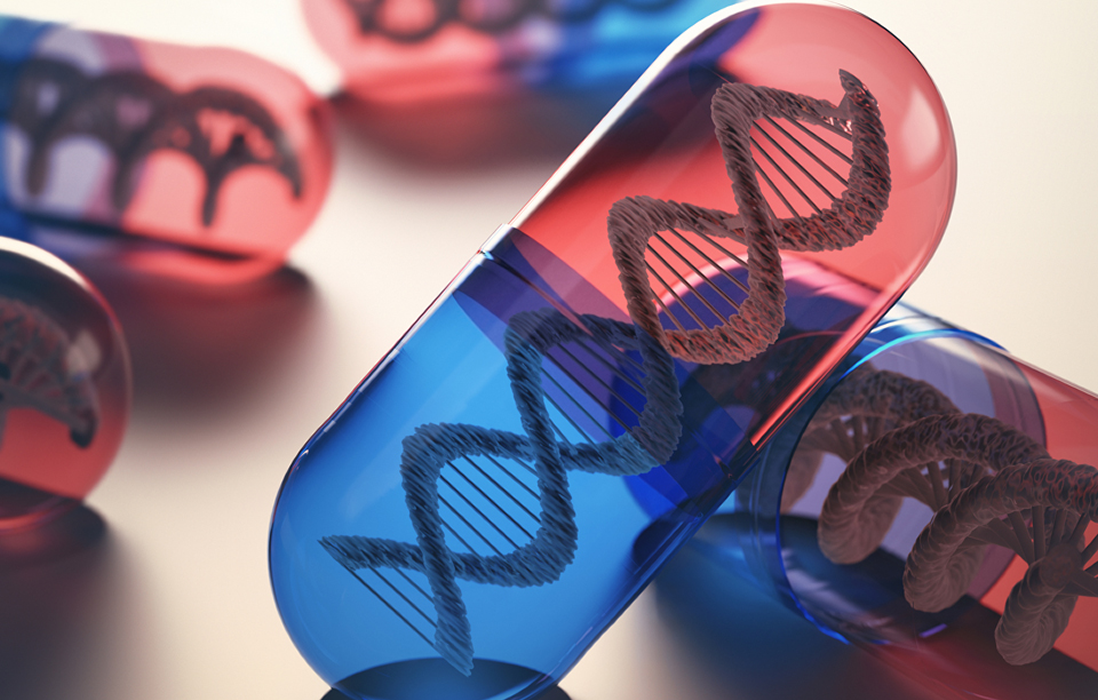Regenerative Medicine News and General Information
Second person cured from HIV with Stem cells
Researchers in the United Kingdom have confirmed that a stem cell transplant has cured a second person of HIV.
In 2007, Timothy Ray Brown became the first person ever whom doctors declared to be cured of HIV. At the time, they referred to him as the Berlin patient. After his diagnosis in the 1990s, he received antiretroviral therapy.
However, later on, he also received a diagnosis of acute myeloid leukemia, for which he was treated with a stem cell transplant. While looking for a donor match, his doctor had the idea to try an experiment. He looked for a donor with a specific genetic mutation that made them practically immune to HIV. A mutation of the gene encoding CCR5, which acts as a co-receptor for HIV. HIV uses this receptor almost like a key, it latches onto it to get into the cell. Without a working version of CCR5, HIV is essentially locked out of a person’s immune system.
Receiving stem cells from this donor, it turned out, not only treated Mr. Brown’s leukemia but also cured the HIV infection.
This time another patient was treated with allogeneic stem cell transplantation with cells that did not express CCR5 was reported to be in remission at 18 months after the treatment. He is referred to as the London patient. He underwent the transplantation to treat a refractory Hodgkin lymphoma.
Ravindra Kumar, et al reported that his HIV-1 viral load in plasma (term used to describe the amount of HIV in your blood) remained undetectable in the patient up to 30 months. His CD4 count was 430 cells per μL. A very low-level positive signal for HIV-1 DNA was recorded in peripheral CD4 memory cells at 28 months. The viral load in semen was undetectable in both plasma and cells at 21 months.
The London patient has been in HIV remission for 30 months (as of March 4, 2020), with plasma negative for HIV-1 RNA (<1 copy per mL) and semen negative at less than 12 copies per mL at 21 months. HIV-1 replication can occur in the CNS even during suppressive ART15 and is frequently associated with symptoms and MRI abnormalities.16 However, no detectable virus was recorded in CSF.
According to the researchers, despite the evidence showing that CCR5 can lead to long-term remission of HIV-1, several barriers remain to be overcome, like the gene editing efficiency and robust safety data before CCR5 gene editing can be used as a scalable cure strategy for HIV-1. More studies need to be conducted in order to know the safety and possibility of this therapy to be used with more patients.
Source: Ravindra Kumar Gupta, et al. Evidence for HIV-1 cure after CCR5Δ32/Δ32 allogeneic haemopoietic stem-cell transplantation 30 months post analytical treatment interruption: a case report. Lancet HIV 2020; 7: e340–47.
Source link: https://www.medicalnewstoday.com/articles/2nd-person-cured-of-hiv-thanks-to-stem-cell-transplant

